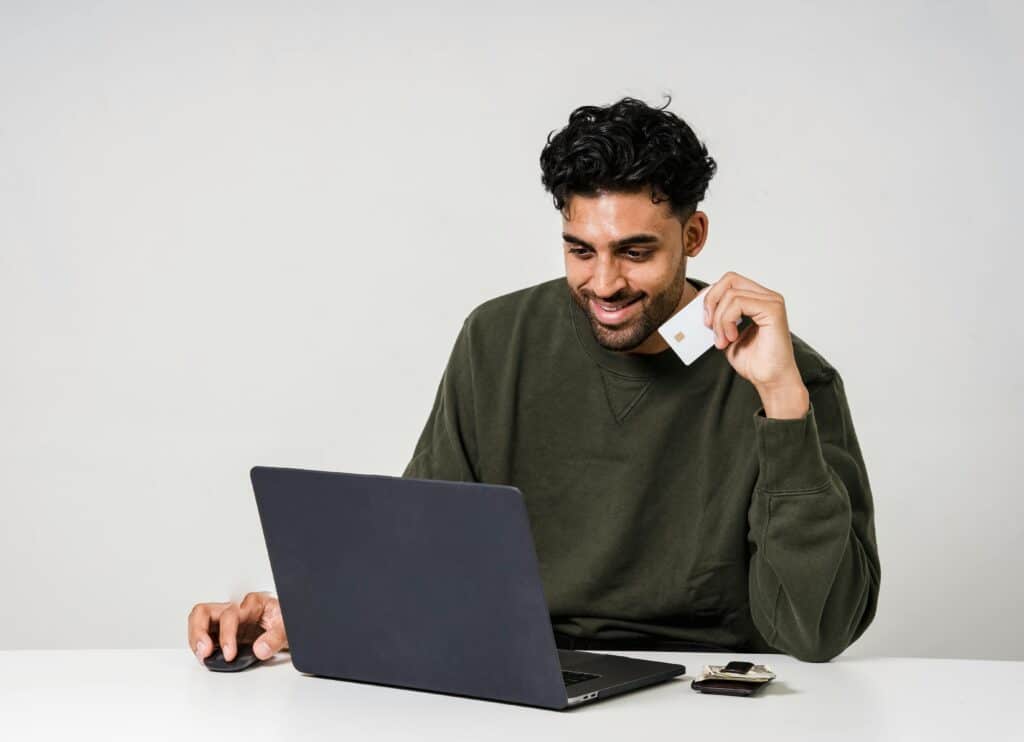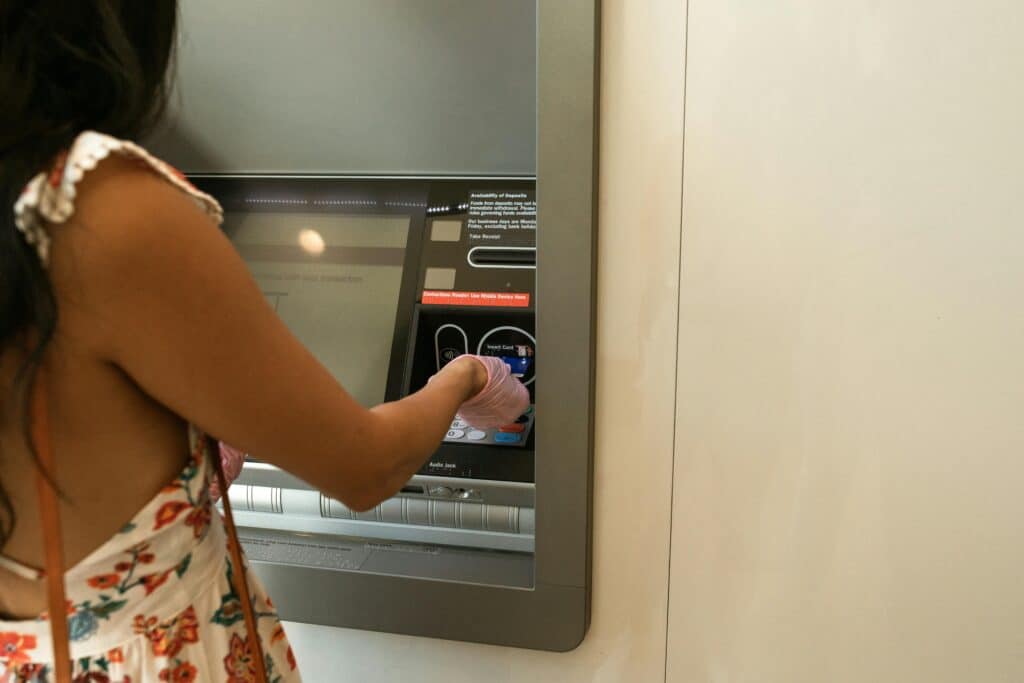
If you need to transfer money between accounts at the same bank, like a current and savings account, it’s straightforward. But what if you need to send money to yourself overseas? Whether you have financial interests abroad, work in multiple countries, or enjoy frequent travel, you may find it necessary to transfer money internationally to cover expenses. In this guide, Remitly explains what you need to know about sending money to yourself internationally.
Best Ways to Send Money to Yourself
Money Transfer Apps
The simplest way to send money to yourself internationally is through a reliable money transfer service. For most transfer apps—such as Remitly—you simply need to download the app and create an account. Once your account is active, link the bank account in your “sending” country, such as the UK, Canada, or Australia. Then add the “receiving” country and choose your preferred delivery method.
Money transfer apps aren’t just for sending funds to yourself. If you’re abroad and encounter a shop or tour guide that doesn’t accept credit cards, you can use the app to transfer money from your UK bank account to a local account or digital wallet.
Send and Receive Money Internationally in the UK with Remitly.
Get started with our free mobile app.
Download
Using ATMs and Credit Cards
If you’re on a short trip and don’t need to transfer money between accounts, your primary debit card is an excellent option for withdrawing cash overseas. Most countries allow you to use your UK-issued ATM card to withdraw cash in the local currency.
Additionally, major cities often accept credit cards for transactions. Before travelling, check with your bank regarding international fees for card use and cash withdrawals. In many cases, these fees are far more affordable than the costs of a traditional wire transfer, making this a practical and cost-effective solution.

How to Access Money You’ve Sent to Yourself
If you need to move funds between international accounts—or if ATMs aren’t readily available—you still have several options:
- Bank Deposits: Transfer money directly between bank accounts using account details, including your name, account number, and bank address.
- Digital Wallet Deposits: Transfer funds to a digital wallet (also known as mobile money), like Apple Pay, Google Pay, or Paytm. Digital wallets are ideal for cashless transactions, and you can use them to pay bills, shop, or transfer funds to someone else’s wallet.
- Cash Pick-up: In remote areas without banks or ATMs, cash pick-up services offer a convenient solution. Common cash pick-up locations include local grocery shops, pawn shops, money exchange counters, and banks.
FAQs: Sending Money to Yourself
How Can I Send Money to Myself While Travelling Abroad?
You can send money to yourself using online money transfer services, such as Remitly. Remitly allows you to transfer funds from your UK bank account to a local bank account, digital wallet, or cash pick-up location in the country you’re visiting. Alternatively, you can withdraw cash directly using your UK debit or credit card at an overseas ATM.
What’s the Best Way to Receive Money I’ve Sent to Myself?
The best method depends on your needs:
- Bank Transfer: Ideal if you have an international bank account in the destination country.
- Digital Wallet: Use services like Google Pay, Apple Pay, or local mobile wallets for cashless spending.
- Cash Pick-up: If you’re in a remote area without access to banks or ATMs, use a cash pick-up service at a local agent, such as a grocery shop, money exchange counter, or bank.
Are There Limits to How Much Money I Can Send to Myself?
Yes, most money transfer services impose daily, weekly, or monthly limits for regulatory compliance. These limits vary depending on the provider, the sending country, and the receiving country. It’s best to check the transfer limit with your chosen money transfer service before initiating a transaction.
What Details Do I Need to Send Money to Myself?
To ensure a smooth transfer, you’ll typically need the following:
- For Bank Transfers: Your bank name, account number, and sometimes the bank’s address or SWIFT/BIC code.
- For Cash Pick-up: A valid form of ID (such as a passport or driving licence) and the transaction reference number.
- For Digital Wallets: Your registered mobile number or email linked to the wallet account.
